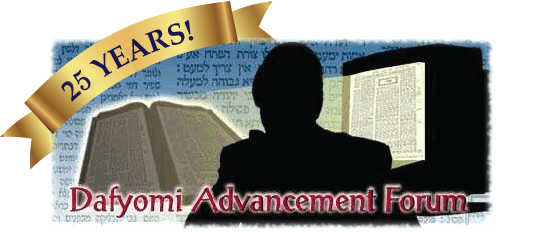Seeing as Betzalel made the Mishkan before the Keilim (Sh'mos 35:11), why did Hashem discuss it only after them?
R. Bachye: Hashem gave precedence to the Keilim due to the Kavod of the Aron.
Why does the Torah refer to the bottom set of curtains as 'the Mishkan'?
Rashi: Because it served as the roof and the walls of the Mishkan - as it hung behind the planks to cover them.
Rashbam: Because they stretched above the Aron, upon which the Shechinah rested.
R. Bachye: It refers to it as "ha'Mishkan", because it already mentioned it earlier in Pasuk 8 "Ve'asu Li Mikdash ? " ? with reference to the Mishkan.
Seforno: Because they housed a chair, a table and a lamp in honor of the Shechinah.
Oznayim la'Torah (in Pasuk 26): Because the Mishkan comprised the curtains, and the planks were there merely to support the curtains. 1
Refer to 26:15:2:1**. This will also explain why the Torah discusses the curtains before the planks.
What is the significance of the ten bottom curtains and the eleven curtains of goat's-hair?
R. Bachye: The ten bottom curtains represent the ten Galgalim (celestial spheres - which govern the world).
Ba'al ha'Turim (citing Midrash ha'Gadol): The ten bottom curtains (which comprised two sets of curtains of five each) corresponded to the Aseres ha'Dibros (five on each of the two Luchos).
Targum Yonasan: The eleven goat's-hair curtains - which comprised one set of five and one set of six curtains joined together - corresponded to the Chamishah Chumshei Torah and the Shishah Sidrei Mishnah.
What is the definition of "Techeiles Argaman and Tola'as Shani"?
R. Bachye (in Tetzaveh 28:6): 'Sky- (dark) blue wool, (dark) red wool and scarlet wool. 1
See 'The Living Torah' there.
How thick were the threads?
Rashi: Each completed thread comprised each of the four individual threads (linen, dark blue wool, purple wool and bright red wool), each of which had been spun into a six-fold thread. 1
See also Ba'al ha'Turim.
What is the difference between "Ma'aseh Choshev" - mentioned here, and Ma'aseh Rokeim" - mentioned later (See Sh'mos 27:16)?
Rashi and Rashbam (in Pasuk 31): The former means woven, with a different image on either side of the fabric 1 (a lion on one side, an eagle on the other - Rashi); 2 the latter, embroidered, with the same image appearing on both sides.
Targum Onkelos and Targum Yonasan: The former means work of a craftsman, the latter, the work of an embroiderer.
Yoma, 72b: They are one and the same, and the Toeah means that they embroidered in the location that they planned (by first drawing the required image - Torah Temimah). 3
See Sifsei Chachamim). Tana'im argue in the Yerushalmi Shekalim, 8:2, as to whether they wove a lion on either side or a lion on one side, and an eagle on the other. See also Torah Temimah, note 6. and Oznayim la'Torah.
Oznayim la'Torah: This was necessary in order to avoid turning the curtains upside down whilst hanging them - since the Kedushah of the bottom side, which faced the inside of the Kodesh and the Kodesh Kodshim, exceeded that of the top. Refer to 26:6:3:1*.
A second opinion in Yoma (Ibid.) interprets "Ma'aseh Choshev" like the first explanation.
What were the Keruvim that were woven into the curtains?
Rashi: Refer to 26:1:3:1.
Seforno, Targum Onkelos and Targum Yonasan: They were forms of angels. 1
Seforno: See Yeshayah, 6:2 and Melachim 1, 22:19.




